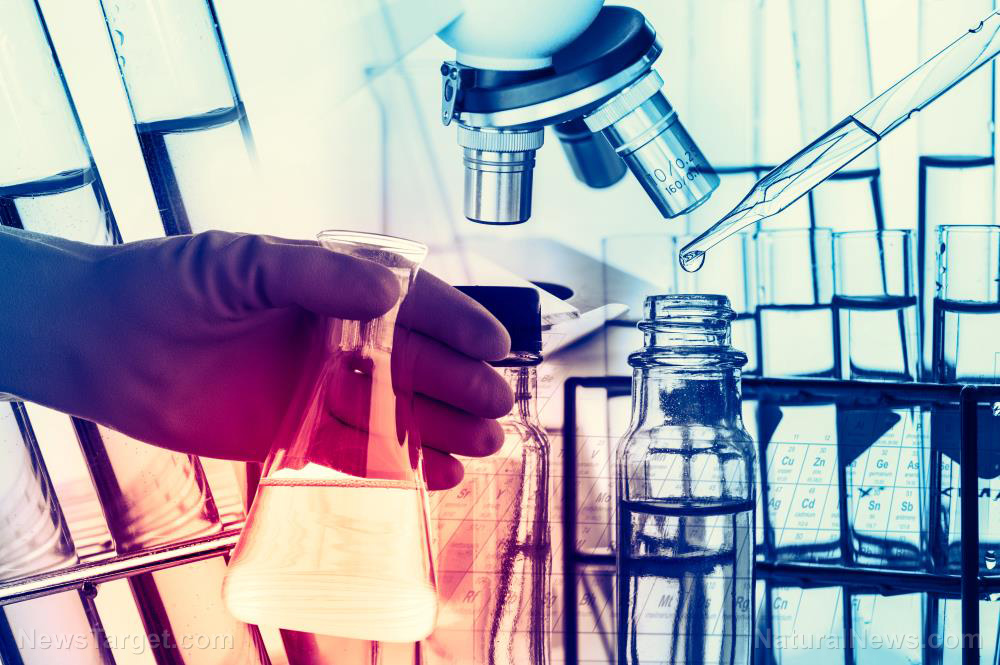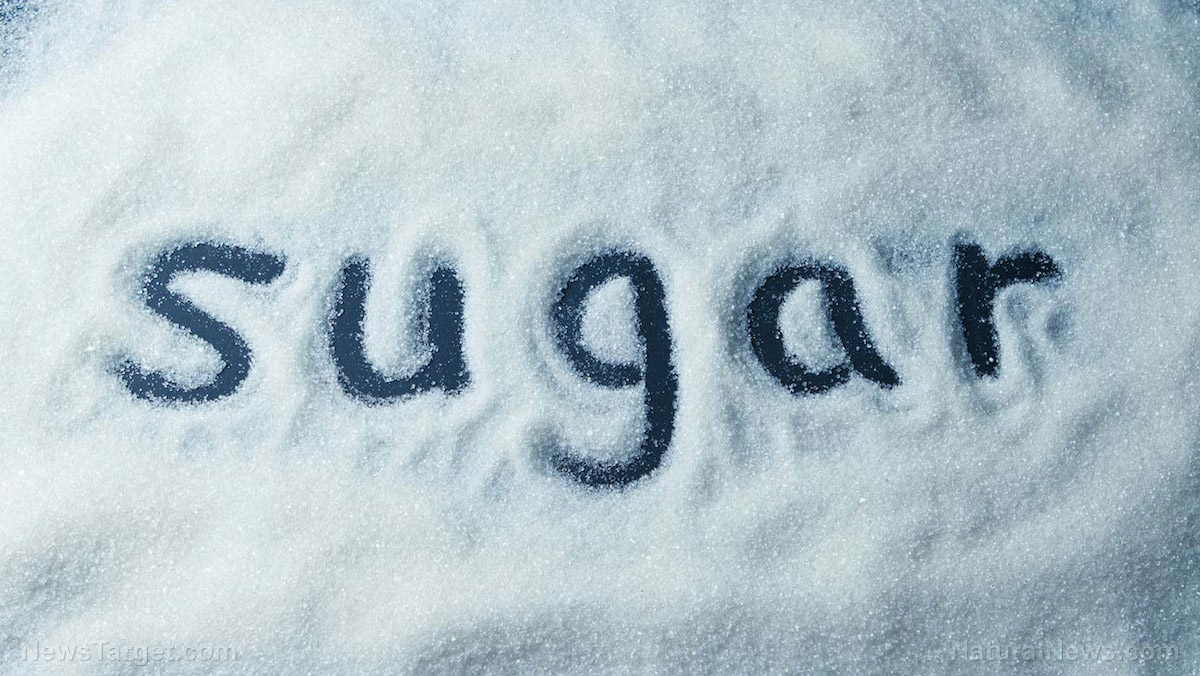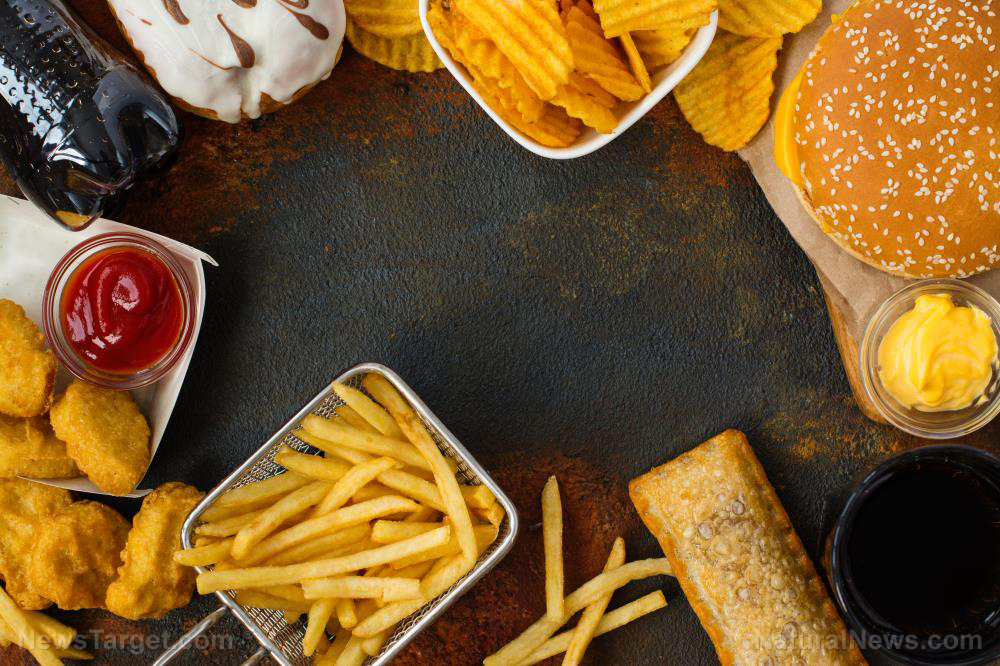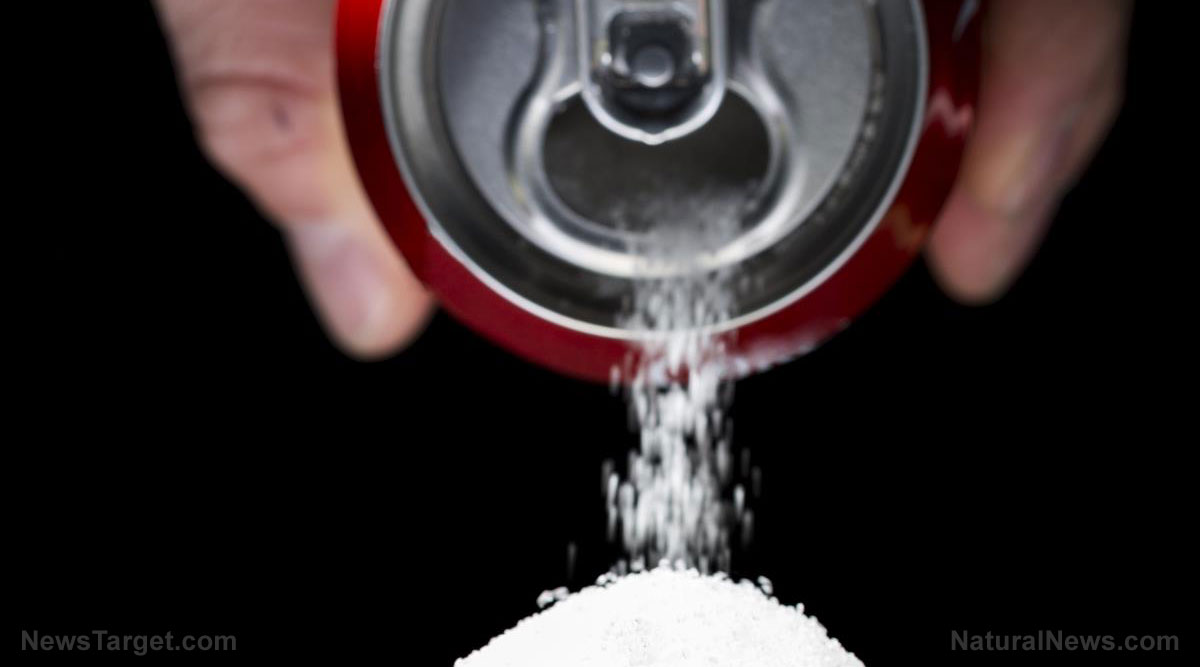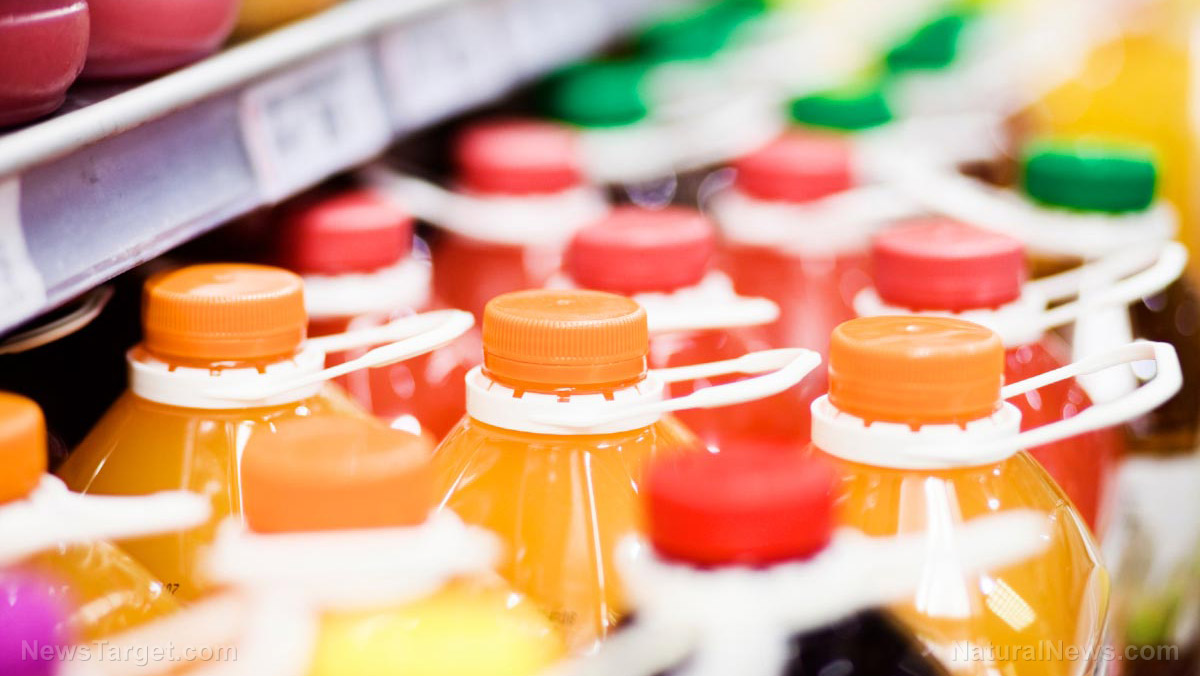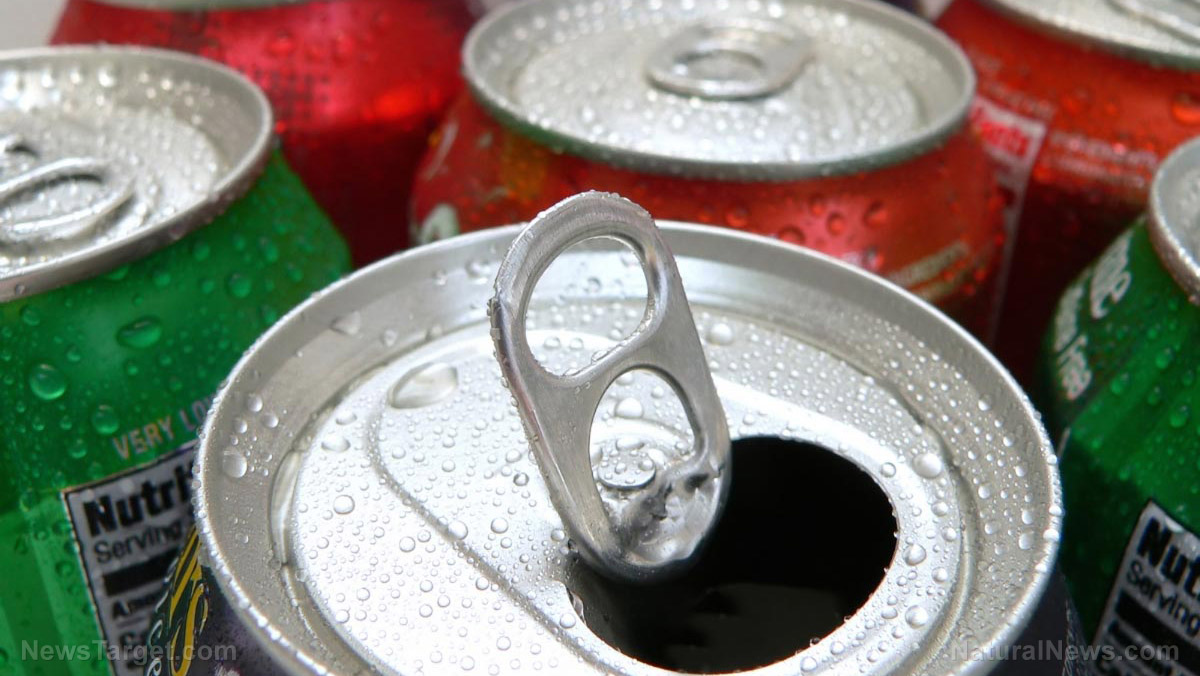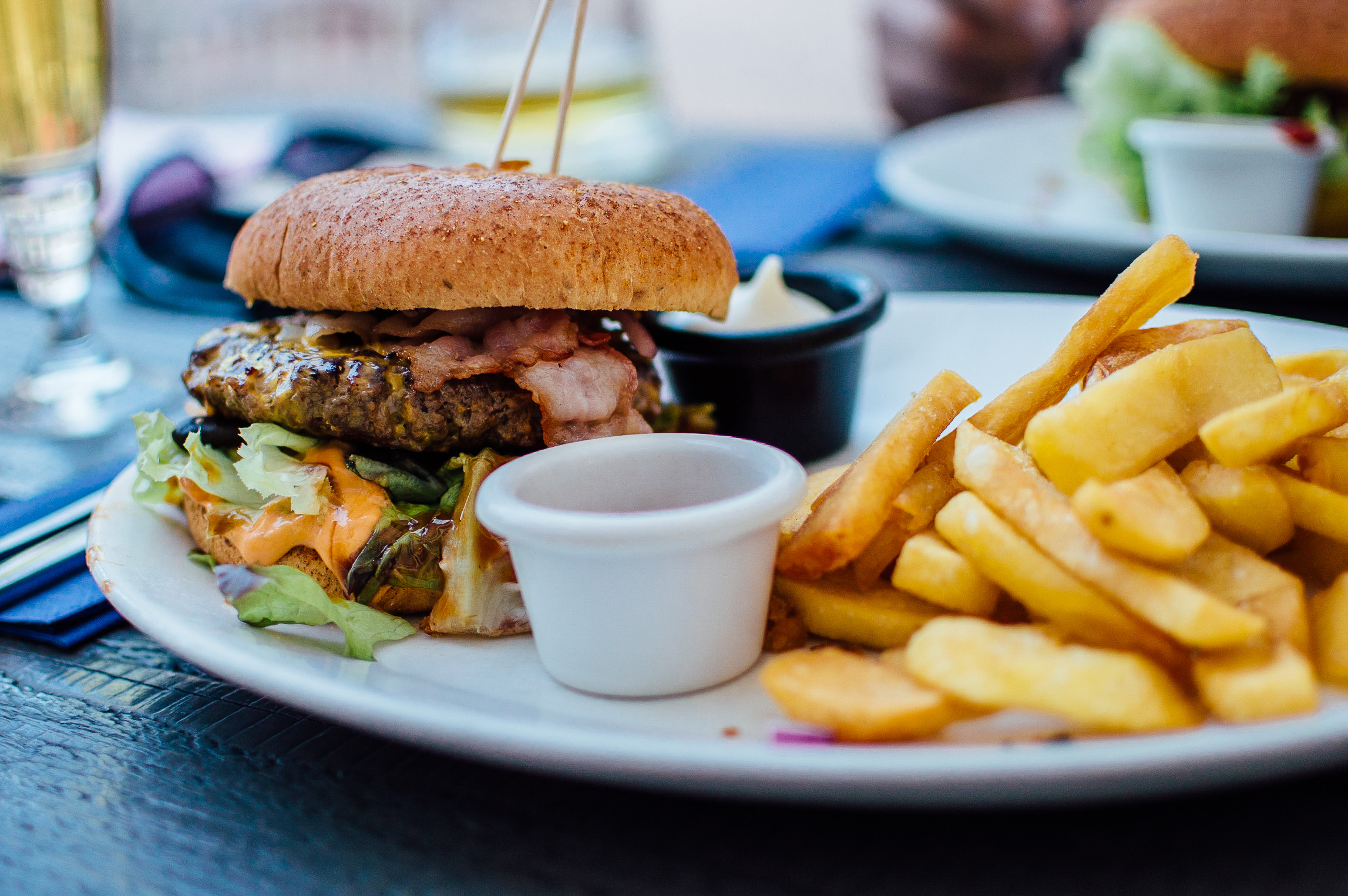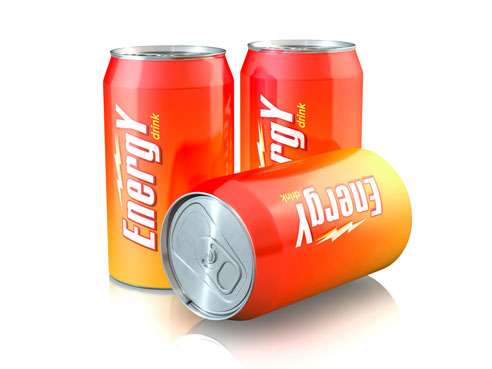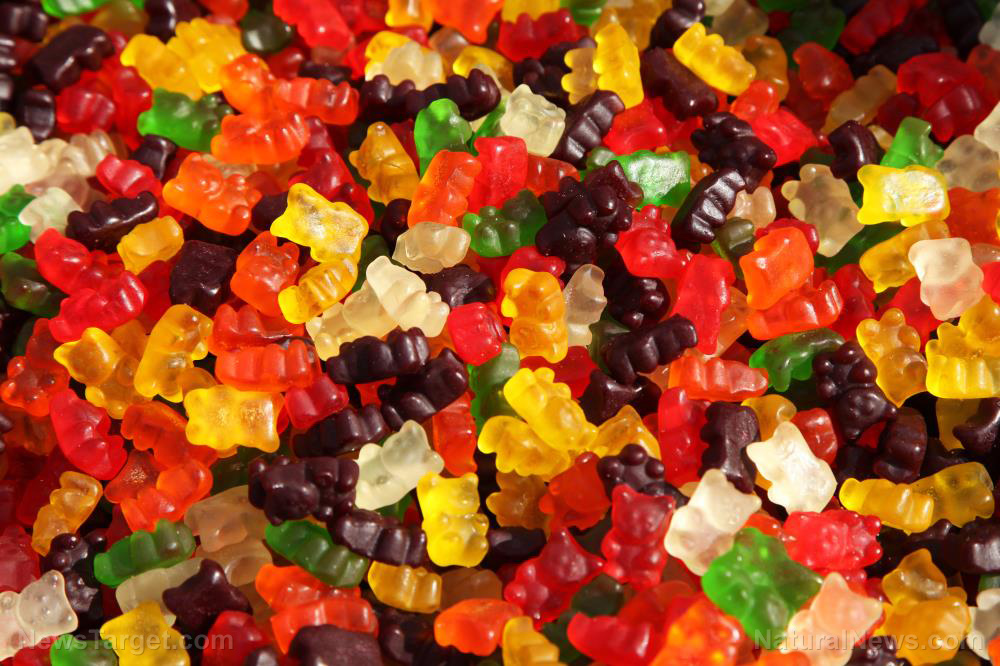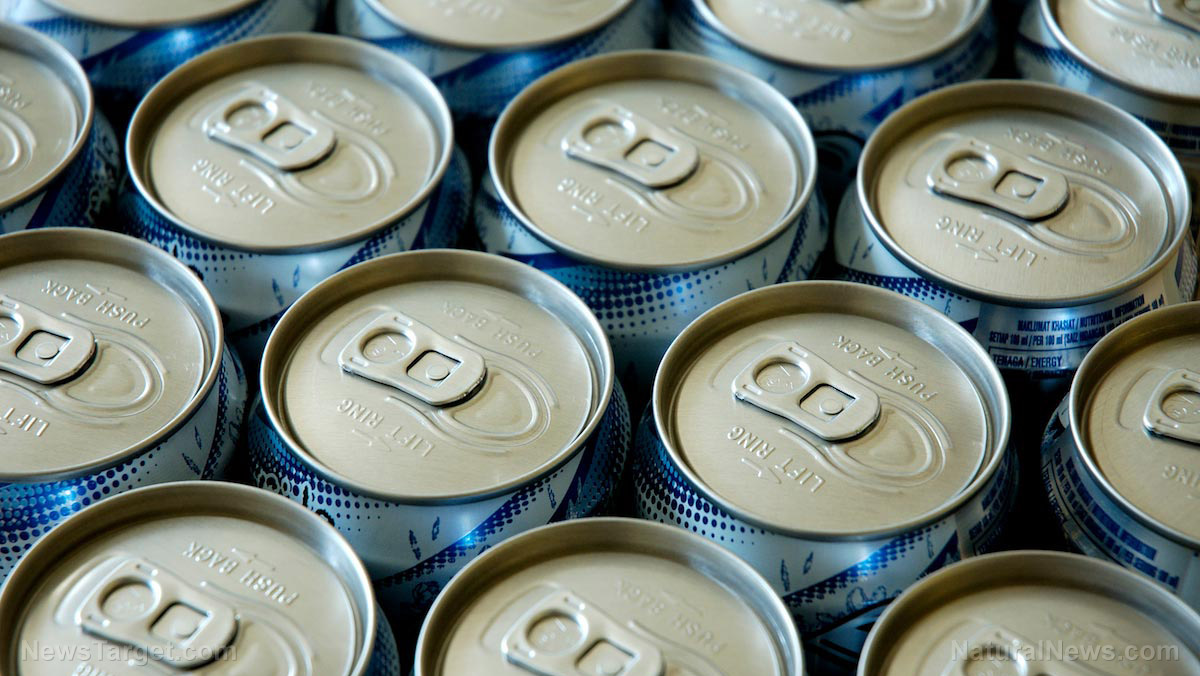Sucralose EXPOSED – Artificial sweetener proven in studies to generate cancerous tumors and fuel obesity
11/13/2018 / By S.D. Wells
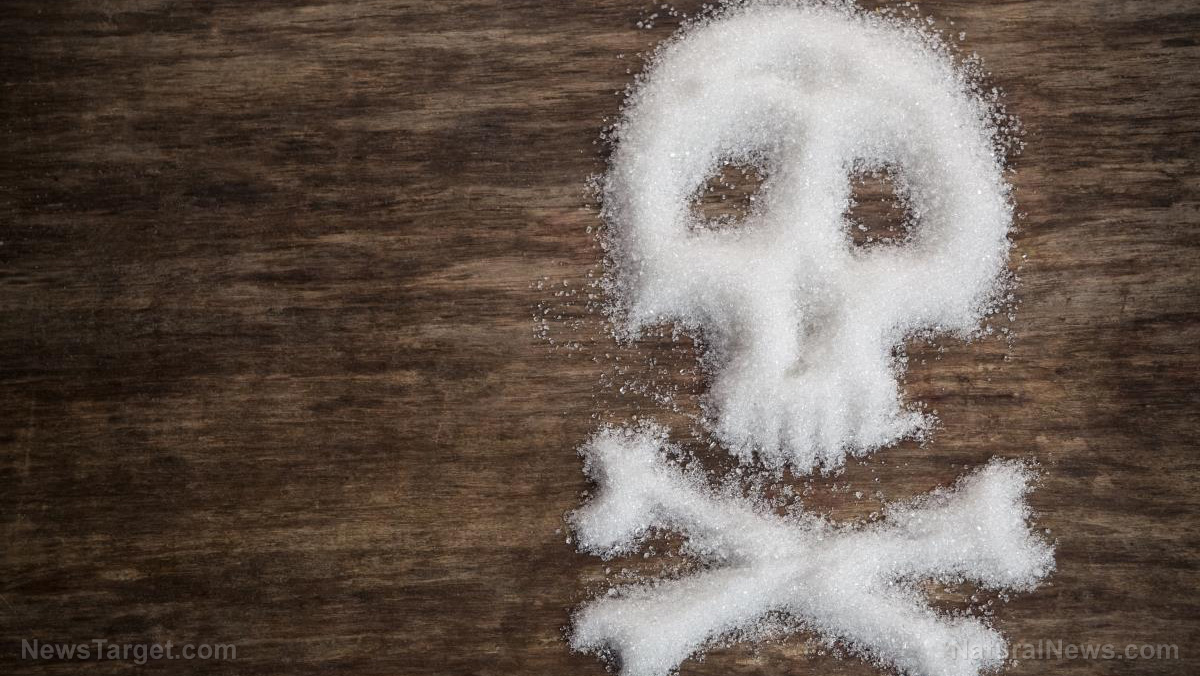
If you read the slogan on a package of Splenda, it tells you that its main ingredient, sucralose, is “made from sugar” and “tastes like sugar,” but make no mistake, it is concocted in a laboratory and does not grow in nature, as they would have us all believe. Sucralose is a synthetic compound manufactured through a chemical process. In other words, if it was sugar at one time, it’s not anymore. Do you consume Equal or NutraSweet? Research reveals that animals consuming sucralose have a “significant dose-related increased incidence” of “bearing malignant cancer tumors.” Is that because at least 15 percent of the chemicals in sucralose are absorbed by the body? You may not be a lab rat, but don’t forget, humans are animals too, with very similar DNA.
The U.S. government approved sucralose for human intake back in 1998, and since then, the “table top” fake sugar health nightmare has taken over the artificial sweetener market, holding over a 60 percent share. You’ll find Splenda in about 5,000 different products in about 100 different countries.
The marketers of Splenda have been sued for misleading consumers so people won’t know it’s a chemical compound that’s carcinogenic
If you take anything from nature, mix it with chemicals in a laboratory, and label it all-natural or say that it “comes from nature” so it’s still “natural” – well, you’re a liar. Because saccharin and aspartame were already exposed as artificial, cancer-causing chemical nightmares, Splenda wanted to distance themselves from the world of artificial sweeteners and deadly synthetic fake sugars, and it worked.
They also wanted everyone to believe sucralose is safer and healthier than artificial sweeteners – two more lies. First of all, to claim something is “safer” or “healthier” than other products, when in fact it’s not safe or healthy at all, is an advertising mind trick. Unfortunately, most Americans are too dumbed down by fluoridated tap water, flu shots, and genetically modified food organisms (GMOs) to be able to figure it out.
Sucralose is made by replacing hydrogen-oxygen bonds with chlorine atoms – leading consumers to develop bowel diseases and tumors
Sucralose is synthetic, when all is said and done. Period. It interacts with chemoreceptors (nerve cells) in your digestive tract, tricking the brain into thinking you’re eating something sweet. According to research, when sucralose is administered prenatally in feed, it induces hematopoietic neoplasias in male laboratory mice. These are malignant neoplasms (cancer) tumors that affect the bone marrow, lymphatic system, and the blood. Oncologists have no clue how to treat these cancers, and chemotherapy fails more than 97 percent of the time it’s administered.
Sucralose has also been found to exacerbate inflammatory bowel disease, which raises the risk of colon cancer, among other dire health consequences. Though the manufacturers initially claimed the ingredients were “inert,” again, they lied. Sucralose decreases the number of good bacteria in your gut, adding to risk factors for inflammatory bowel disease (IBD), including ulcerative colitis and Crohn’s disease.
Sodas containing artificial sweeteners, like sucralose and aspartame, ironically INCREASE risk of obesity
The number one reason people consume artificial sweeteners is to lose weight. Isn’t it ironic that most people who consume fake sugars that are concocted in labs with chemicals actually end up obese? Some people sip on cancer-causing, obesity-generating “diet” soda all day. In fact, the 7-Eleven “Big Gulp” is still extremely popular. How many ounces of cancer can you suck down in a day? Have you lost any weight since you started, or did you put a bunch of pounds on? Sucralose and aspartame are known to increase appetite, as revealed by scientific research. Obesity increases cancer risk factor also, so it’s a “double whammy.”
Are you suffering from Artificial Sweetener Disease? You better ask a Naturopathic Physician right away. Tune in to Cancer.news for more updates on lab-made food additives that cause cancer, because they’re certainly in the making now.
Sources for this article include:
Tagged Under: artificial sweetener, artificial sweetener disease, artificial sweeteners, aspartame, chemicals, disease causes, equal, fake sugar, fight obesity, nutrasweet, obesity, saccharin, slender, Splenda, sucralose, sweeteners, synthetic sugar, toxic sugar

